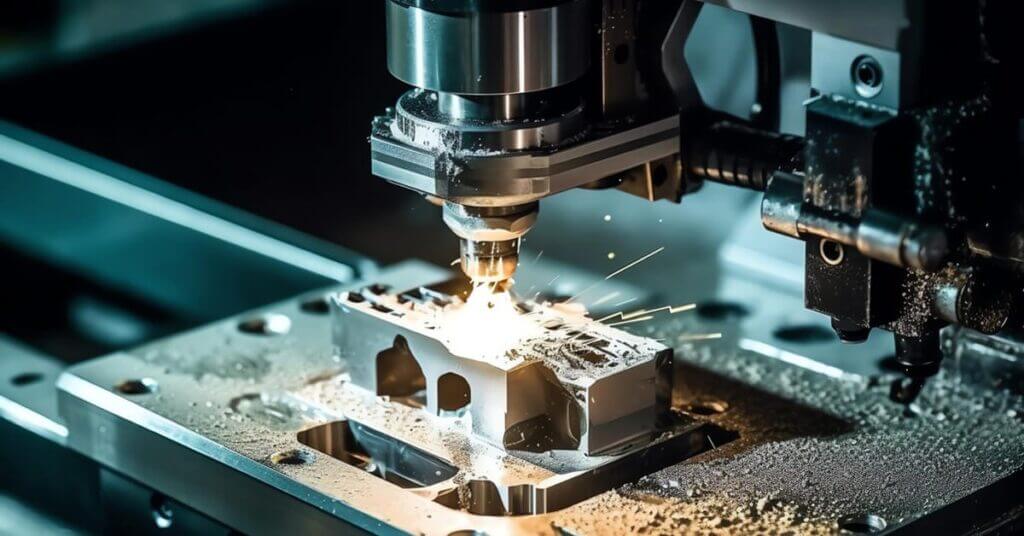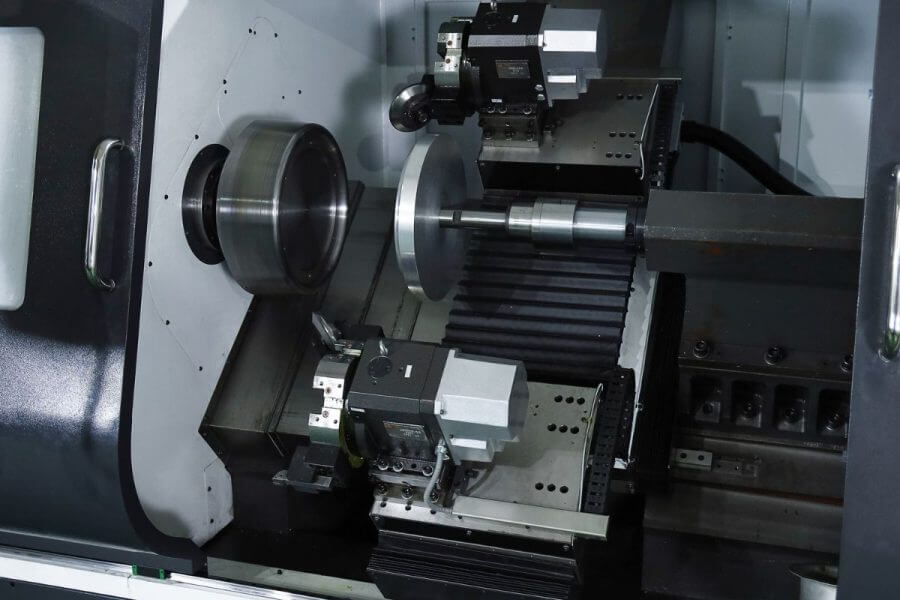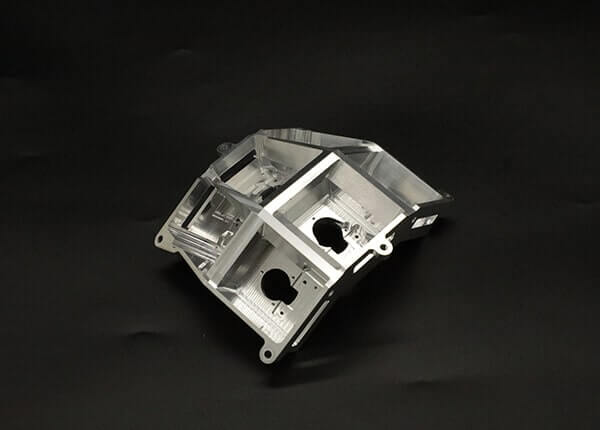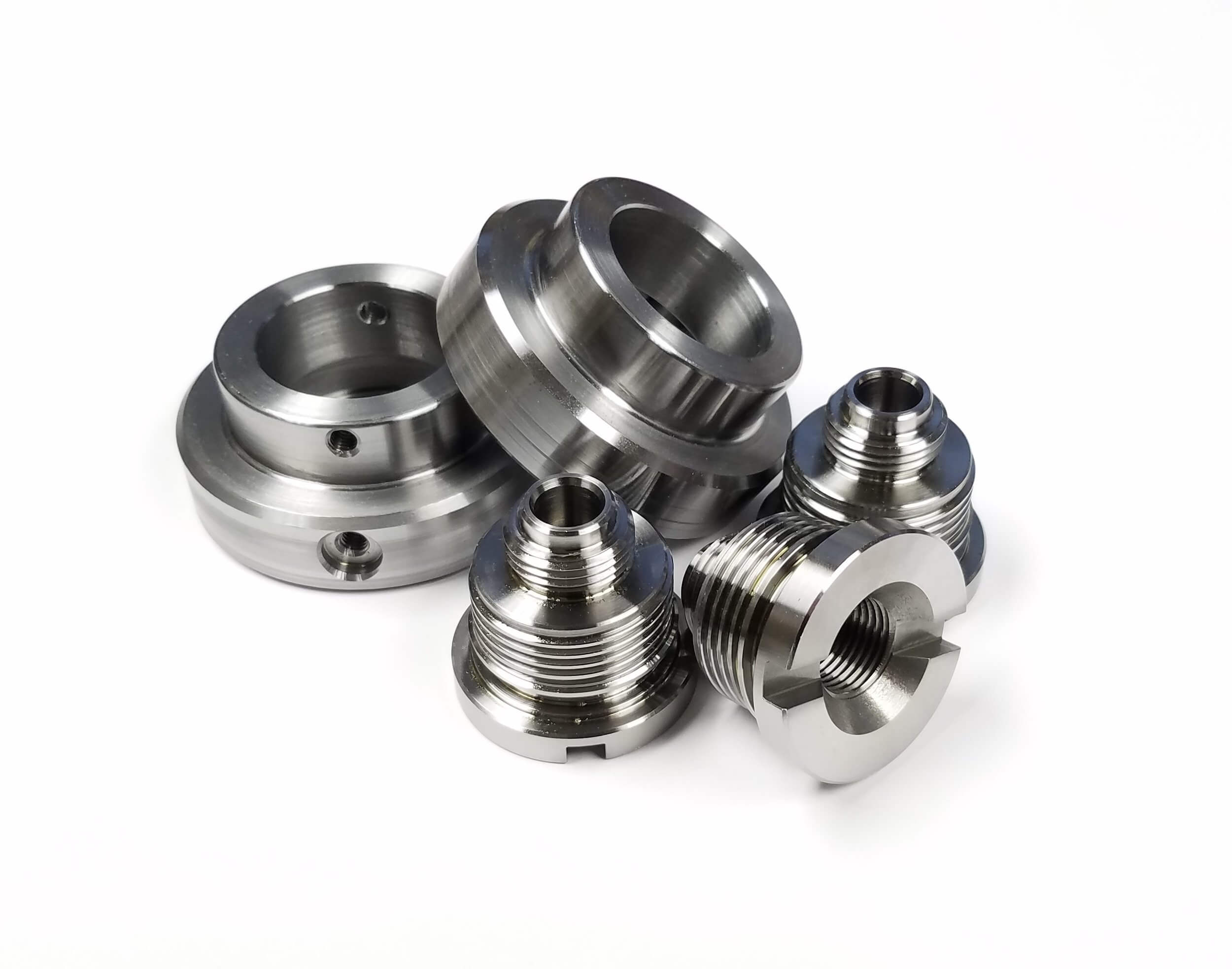The Basics of CNC Machining
In manufacturing, precision is critical. Whether you’re producing parts for aerospace, automotive, or medical devices, achieving accuracy and consistency is vital. That’s where computer numerical control (CNC) machining comes into play. Let’s learn the basics of CNC machining and see how this technology is revolutionizing modern manufacturing.
1.What is CNC machining?
CNC machining is a manufacturing process that uses computer-controlled machines to remove material from a workpiece to create precise and custom-designed parts. Unlike manual machining, where an operator guides the cutting tool, the process relies on automated computer programs to perform precise movements and commands. This automation allows for greater accuracy and repeatability.

2.Components of CNC machining
1) CNC machine tools
At the heart of CNC machining is the CNC machine itself. These machines come in a variety of types, including milling machines for cutting and forming, lathes for turning and cylindrical operations, and routers for complex carving and engraving. CNC machines are equipped with motors and drive systems that precisely move the cutting tool in three dimensions: X (horizontal), Y (vertical), and Z (depth).
2) Computer Control
The “C” in CNC stands for computer, which is a key element of this technology. CNC machines are programmed using specialized software that generates a set of instructions called G-codes and M-codes. These codes specify tool movements, speeds, and operations that allow the machine to accurately perform the required tasks.
3) Cutting Tools
The cutting tools used in CNC machining vary depending on the material being machined and the desired results. Common tools include end mills, drills, and inserts. These tools are mounted on a spindle, which rotates at high speeds to cut, shape, and remove material from the workpiece.
4) Workpiece
The workpiece is the raw material that is machined into a finished part. CNC machining can process a variety of materials, including metals (such as aluminum, steel, titanium), plastics, wood, and composites. The workpiece is securely clamped or fixed to the machine’s table to ensure stability during machining.

3.CNC Machining Process
The CNC machining process begins with the creation of a digital design or CAD (computer-aided design) model of the desired part. This design serves as a blueprint for the CNC program. Here is a simplified overview of the process:
1) Design
Use CAD software to create a detailed digital design of the part to be machined.
2) Programming
Use CAM (computer-aided manufacturing) software to write a CNC program. The program converts the design into a series of G-codes and M-codes that the CNC machine can understand.
3) Setup
The workpiece is securely mounted on the table of the CNC machine and the appropriate cutting tool is loaded into the spindle.
4) Machining
Start the CNC program, which guides the machine to make precise movements to cut, shape, or drill the workpiece according to the design.
5) Quality Control
Inspect the accuracy and quality of the finished part and make any necessary adjustments to the CNC program or machining parameters.
4.Advantages of CNC Machining
CNC machining has several advantages over traditional manual machining:
- Accuracy: CNC machines can achieve extremely high precision, ensuring consistency and accuracy of parts.
- Repeatability: Once a CNC program is created, it can be reused to produce the same part, reducing human error.
- Versatility: CNC machines can use a variety of materials and are suitable for a variety of industries.
- Complex Geometries: CNC machines can create complex shapes that are difficult or even impossible to achieve with manual methods.
- Efficiency: CNC machining is highly efficient, reducing production time and costs.

5.Conclusion
CNC machining has transformed the manufacturing industry, allowing companies to produce high-precision parts efficiently and consistently. Whether you are making critical aerospace components or custom-designed works of art, CNC machining can provide the precision and reliability needed to realize your ideas. As technology continues to advance, CNC machining will undoubtedly continue to be at the forefront of modern manufacturing.
